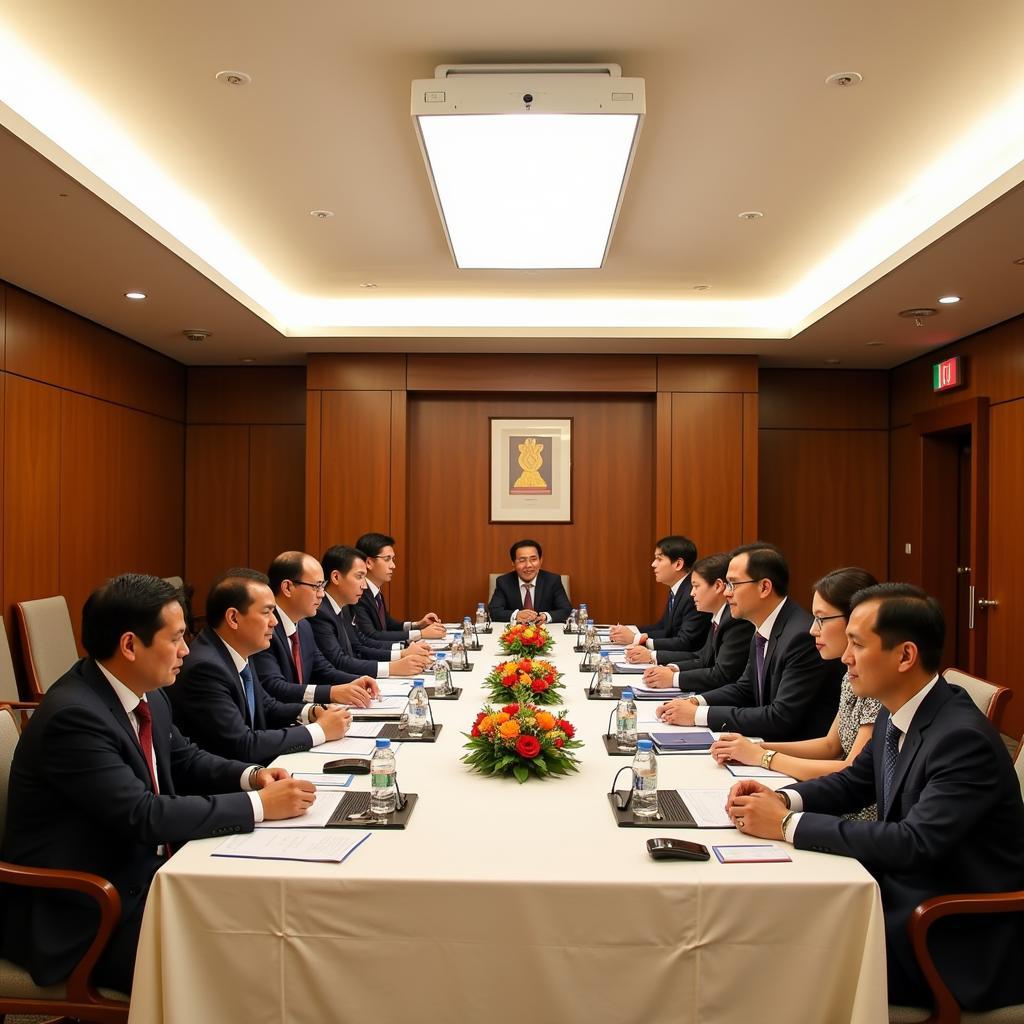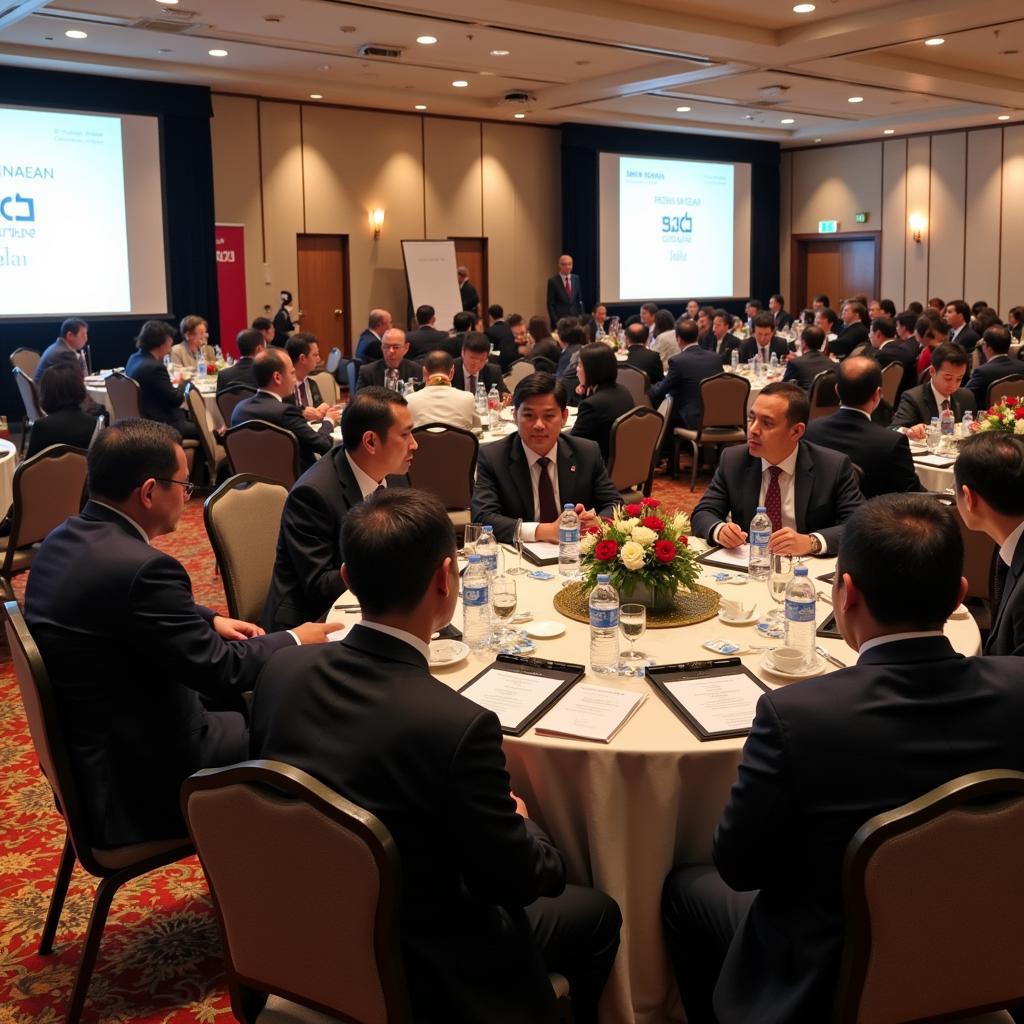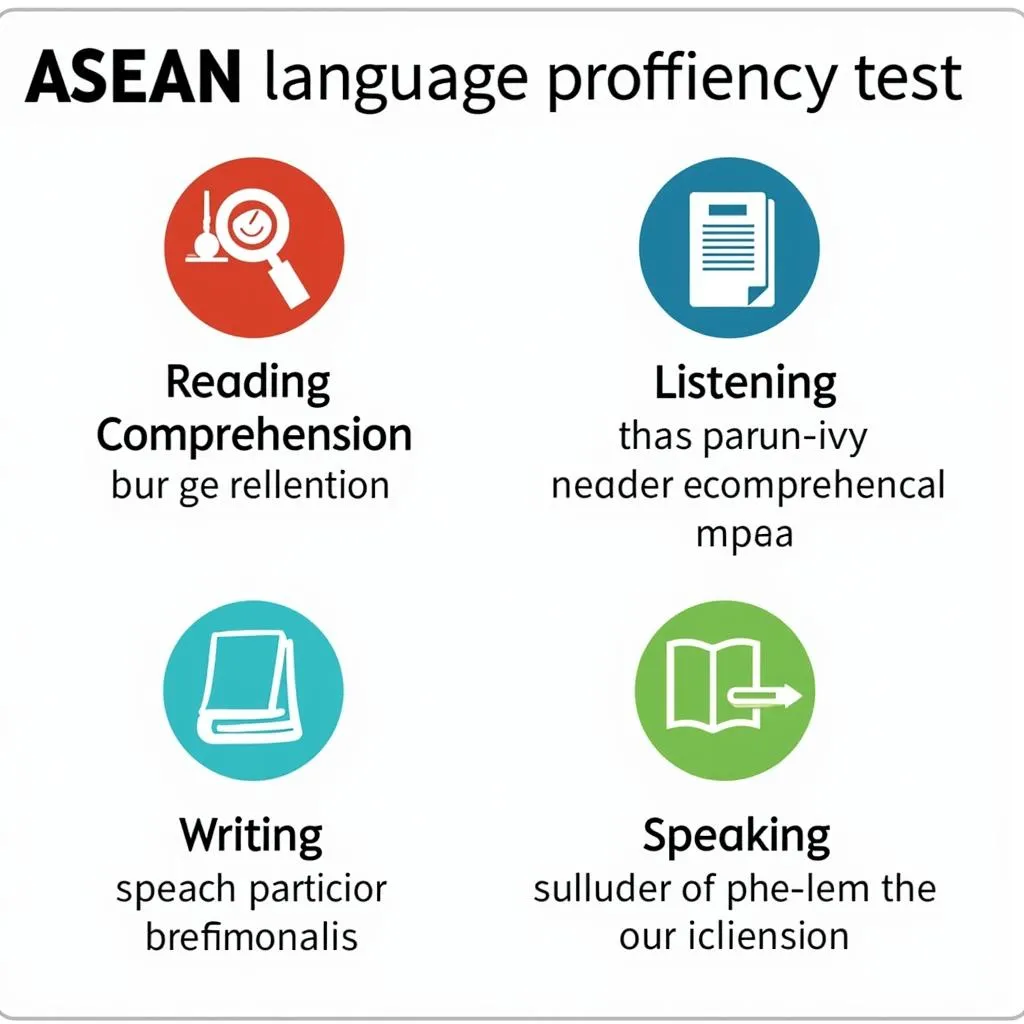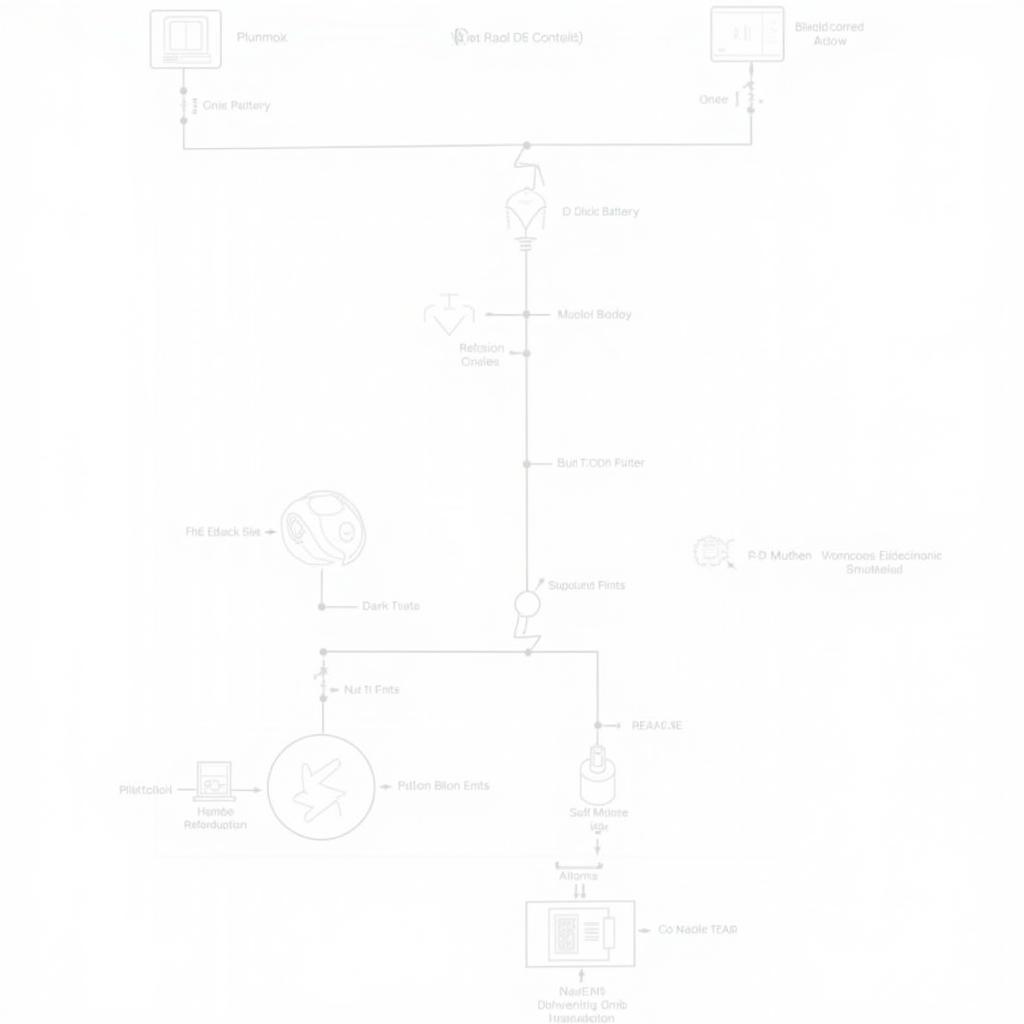The Association of Southeast Asian Nations (ASEAN) has fostered strong relationships with eight Dialogue Partners, playing a crucial role in shaping the regional and global landscape. These “Asean 8 Dialogue Partners” represent significant economic and political powers, contributing to the stability and prosperity of the Asia-Pacific.
ASEAN’s Dialogue Partner Framework: An Overview
ASEAN’s Dialogue Partner framework reflects the organization’s commitment to open regionalism and multilateral cooperation. It provides a platform for dialogue and collaboration on political, security, economic, and socio-cultural issues. Dialogue Partners engage with ASEAN through various mechanisms, including summits, ministerial meetings, and sectoral dialogues.
 ASEAN Dialogue Partners Meeting
ASEAN Dialogue Partners Meeting
Unveiling the ASEAN 8 Dialogue Partners
ASEAN’s eight Dialogue Partners are:
- Australia: A steadfast partner in various sectors, particularly in trade, education, and security. Australia actively participates in regional forums like the East Asia Summit (EAS).
- Canada: Sharing ASEAN’s commitment to multilateralism, Canada’s partnership focuses on sustainable development, good governance, and human rights.
- China: ASEAN’s largest trading partner, with deep economic ties and growing political influence. The relationship navigates complex geopolitical dynamics.
- India: A vital partner in ASEAN’s Act East Policy, India’s engagement focuses on connectivity, maritime security, and cultural exchanges.
- Japan: A long-standing partner, Japan plays a significant role in ASEAN’s economic development through investments, technology transfer, and development assistance.
- Republic of Korea: A key player in the region, South Korea’s partnership prioritizes economic cooperation, technological innovation, and people-to-people exchanges.
- Russia: Expanding its engagement with ASEAN, Russia focuses on strategic partnerships, energy cooperation, and security dialogues.
- United States: A significant partner in the Asia-Pacific, the US engages with ASEAN on various fronts, including security, trade, and promoting democracy and human rights.
 ASEAN Economic Forum
ASEAN Economic Forum
Importance of the Dialogue Partner Framework
The ASEAN 8 Dialogue Partner framework is crucial for several reasons:
- Promoting Peace and Stability: It fosters dialogue and cooperation, mitigating potential conflicts and promoting a stable regional environment.
- Economic Growth and Development: Partnerships facilitate trade, investment, and technology transfer, contributing to economic growth and development within ASEAN.
- Addressing Global Challenges: ASEAN and its Dialogue Partners collaborate on tackling transnational issues such as climate change, terrorism, and pandemics.
- Strengthening Multilateralism: The framework reinforces a rules-based international order and multilateral approaches to global challenges.
Navigating Challenges and Opportunities
While the Dialogue Partner framework has achieved significant milestones, it also faces challenges:
- Geopolitical Tensions: Managing strategic competition and balancing the interests of major powers within the region require delicate diplomacy.
- Implementation Gaps: Translating commitments into concrete actions and ensuring effective implementation of agreements remain ongoing priorities.
- Emerging Issues: The framework must adapt to address new challenges such as cybersecurity, digital economy governance, and climate change adaptation.
 ASEAN Cultural Exchange Program
ASEAN Cultural Exchange Program
Conclusion: A Future of Collaboration
ASEAN’s 8 Dialogue Partners play a pivotal role in shaping the regional architecture and addressing shared challenges. The framework’s success hinges on ASEAN’s ability to maintain its centrality and navigate complex geopolitical dynamics. As ASEAN celebrates its 55th anniversary, strengthening these partnerships remains vital for a peaceful, prosperous, and interconnected Asia-Pacific. For more insights into ASEAN’s initiatives and partnerships, explore the ASEAN Background and Development section on our website.
Frequently Asked Questions
1. What is the main purpose of ASEAN’s Dialogue Partner framework?
The framework aims to promote dialogue and cooperation between ASEAN and key global actors on political, security, economic, and socio-cultural issues.
2. How do Dialogue Partners engage with ASEAN?
Dialogue Partners engage through various mechanisms, including summits, ministerial meetings, sectoral dialogues, and technical cooperation projects.
3. What are some of the key benefits of the Dialogue Partner framework?
The framework promotes peace and stability, fosters economic growth and development, facilitates cooperation on global challenges, and strengthens multilateralism.
4. What are some of the challenges facing the Dialogue Partner framework?
Challenges include managing geopolitical tensions, addressing implementation gaps, and adapting to emerging issues such as cybersecurity and climate change.
5. What is the future outlook for ASEAN’s Dialogue Partner framework?
The framework remains crucial for regional stability and prosperity. Continued success depends on ASEAN’s centrality, effective implementation of agreements, and adaptability to emerging challenges.
Need more information? Contact us at Phone Number: 0369020373, Email: [email protected] or visit us at: Thon Ngoc Lien, Hiep Hoa, Bac Giang, Vietnam. Our customer service team is available 24/7 to assist you. You might also find these resources helpful: 8 Area of ASE, ASEA Conference 2018 Chicago.

